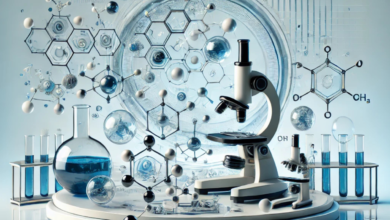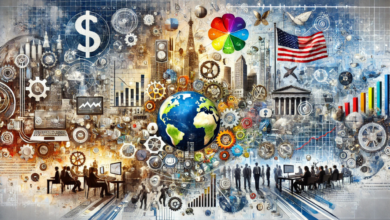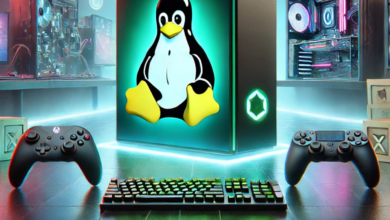Prediction Device vs Telling Device In today’s world, we rely on technology to help us make decisions. One key difference we often hear about is the “prediction device vs telling device.” These two types of devices may seem similar, but they serve very different purposes. A prediction device helps us guess what might happen in the future, while a telling device gives us clear answers or instructions based on what we know right now.
Prediction devices use data to make forecasts about future events, like predicting the weather or stock prices. They help us prepare for what might come next, but they can never guarantee the outcome. On the other hand, telling devices provide straightforward guidance, such as telling you the best route on a GPS or diagnosing an illness from test results. Both types of devices are important in our daily lives, but understanding the difference between them can help us use them more effectively.
What Is the “Prediction Device vs Telling Device” Debate?
In our modern world, technology plays a big role in how we make decisions. The terms “prediction device” and “telling device” refer to two types of tools that help us make choices. The difference between them might seem small, but it’s actually very important. A prediction device helps us guess what will happen in the future, while a telling device gives us clear and certain information based on what we know right now.
For example, a weather app is a prediction device because it uses data to predict the weather for the next few days. On the other hand, a GPS is a telling device because it simply tells you the best route to take based on current conditions. Understanding how these devices work can help you choose the right one for your needs.
How Prediction Devices Help You Make Smarter Choices

Prediction devices are incredibly useful in situations where we can’t be sure of what will happen next. These devices analyze data to forecast future outcomes. This is helpful when making important decisions, like predicting whether it will rain tomorrow or if a stock price will go up.
For example, weather apps use information about past weather patterns and current conditions to predict future weather. Similarly, stock market prediction tools use past trends to give an estimate of how stocks might perform. These predictions aren’t always 100% accurate, but they help you prepare and make more informed decisions.
- Uses historical data and trends
- Provides estimates, not guarantees
- Helps in uncertain situations
Telling Devices: The Tools for Clear and Direct Answers
While prediction devices help us guess what might happen, telling devices give us clear, direct answers. These devices tell us exactly what is happening right now or what we should do. For example, a medical thermometer tells you your body temperature right now, and a GPS tells you the best route to take to avoid traffic.
Telling devices work with facts that don’t change. They don’t guess what could happen but instead offer clear answers based on current information. This makes them useful in situations where we need fast, certain guidance without confusion.
- Provides current and direct information
- No guesses, only facts
- Great for clear and simple instructions
How Data Powers Prediction Devices and Telling Devices

Both prediction devices and telling devices rely on data to function, but the types of data they use differ. Prediction devices need a lot of historical and real-time data to analyze patterns and forecast future outcomes. This data helps them guess what might happen next based on past trends.
On the other hand, telling devices depend more on real-time data and specific rules. For example, a GPS uses real-time traffic data to tell you the best route, while a thermometer relies on current temperature readings. The key difference is that prediction devices use data to forecast, while telling devices simply give facts.
Key Features of Prediction Devices:
- Data-driven forecasts
- Analyzes historical trends
- Provides probable outcomes
Key Features of Telling Devices:
- Based on real-time data
- Provides immediate guidance
- Uses fixed rules or instructions
Conclusion
In conclusion, both prediction devices and telling devices are important in our daily lives, but they serve different purposes. Prediction devices help us make smart decisions by giving us a glimpse into the future, like predicting the weather or the stock market trends. They help us prepare for what might happen, though they can’t be 100% certain. On the other hand, telling devices provide clear, straightforward answers, making it easier to get things done, like following directions with a GPS or checking your temperature with a thermometer.
Understanding the difference between these devices can help you choose the right one for your needs. If you’re making decisions based on possible outcomes, a prediction device is the way to go. But if you need immediate, clear information, a telling device will be more helpful. Both types of devices are essential in today’s tech-driven world, so knowing when to use each can make your life easier.




